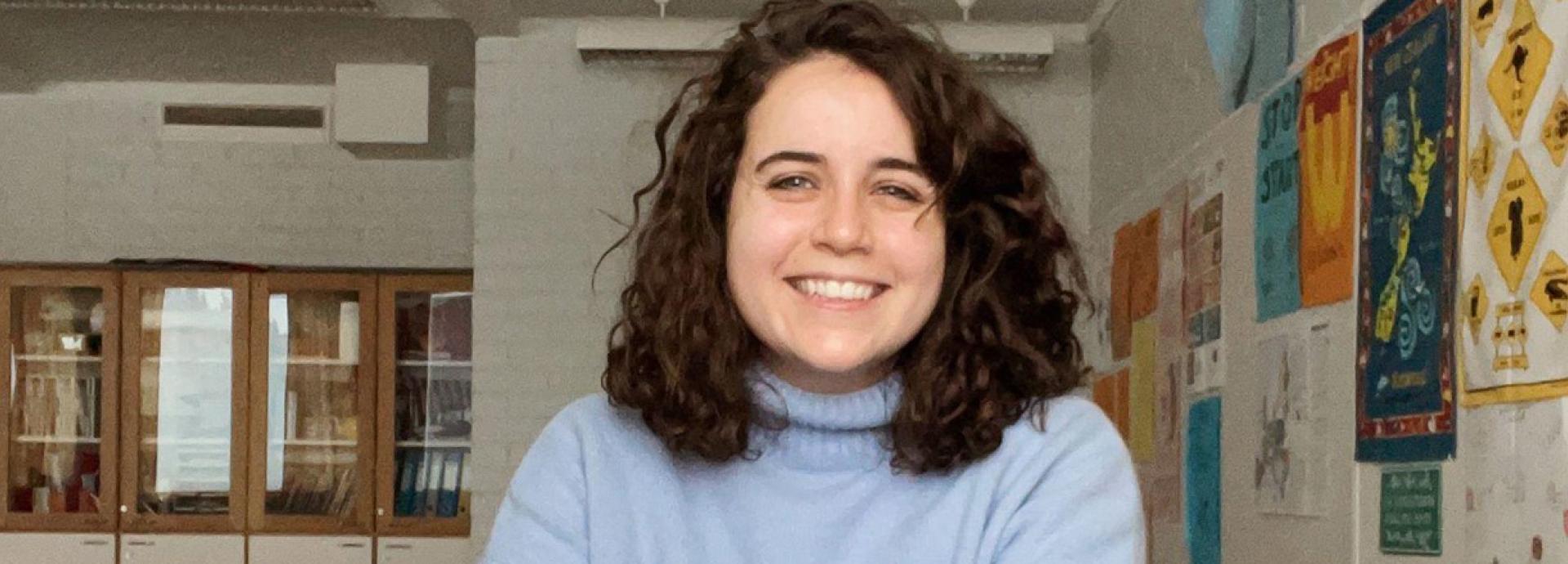

Wait Time
In teaching, wait time is a tool to get students talking. It is the moment between asking a question and hearing a student’s response. It is the silence you employ to encourage thinking in the hopes of a few raised hands. If your wait time is too short, you might only hear from the extroverts in your classroom. If your wait time is too long, you can experience a moment of awkwardness. If you are teaching in Finland, all rules about wait time go out the window.
Despite strict COVID-19 restrictions for international visitors in schools, I have been able to observe, co-teach, and substitute teach some lessons in a few different Finnish schools. The aim of my research with the University of Helsinki is to investigate how the learning needs of diverse gifted students are being met in Finnish schools. Teaching in Finland provides me with context for my study. My experiences in these schools have taught me so much about teaching and learning in Finland.
Have you ever used a band saw?
The first lesson I taught was wood shop. I was substitute teaching in a primary school in Helsinki. “Have you ever used a band saw?” The co-teacher asked me just as twenty fifth-graders walked into the room. Wide-eyed, I responded with a no, hoping I didn’t sound as terrified as I felt.
After convincing myself panic would not be helpful at this moment, I pulled it together and looked around the room. Neatly organized tools were hanging on the walls, sawdust piles dotted the floors, and children were lining up to put on safety glasses. My co-teacher fired up the saws and got to work. Students grabbed their work-in-progress birdhouses and began sawing, hammering, and painting. It shocked me to see no safety demonstration, no mini-lesson, and almost no direction from the teacher. Yet all students were on task and engaged.
The silence of the teacher was powerful. It was clear that expectations had been set previously and students knew exactly what safety looked like in a wood shop. The only sounds in the room were those of hammers on nails, saws on wood, and footsteps to the tool shelves. By the end of the lesson, students were chatting happily with their friends, sharing updates on their creative birdhouses as the teacher checked in with individual students.
As a teacher in America, sometimes I’d talk so much that my voice would be hoarse by the time I arrived home at night. This lesson showed me the power of silence. The teacher trusted his students. They simply got to work and he instructed students as needed.
I was beginning to see how freedom, independence, and silence played an important role in the Finnish education system.
Freedom and Independence
“Alright time for break.” The first-grade teacher sang at the end of her 45-minute spelling lesson. I was covering for the special education teacher in an international class in Helsinki. The students got up, went into the hallway, and began pulling on their winter coveralls, snow boots, and colorful hats. With no more instruction from the teacher, they went outside to play. It was December, snowing, and 2 degrees celsius.
Again, there was mostly silence from the teacher; freedom and independence for the students.
More Silence
I was a guest lecturer in an upper secondary school in Vantaa a few weeks ago. I created this engaging PowerPoint presentation with lots of visuals and meticulously planned out discussion questions. I was met with complete silence.
It is one thing for teachers to employ silence as a tool, but to be met with silence from the students?
After a few more silent lessons, I realized my open-ended questions and turn-and-talk strategies were not working. Deciding to discuss my failures with my Fulbright buddy, an English teacher at the school, we thought of ways I could embrace the silence.
I embedded digital discussion boards and virtual polls into my lessons. I started each lesson with a question that students could answer on a sticky note. I ended each lesson with the prompt, “Dear Jessica…Today I learned…”

The silence is a cultural difference that I had to adjust to. Once I put my feelings aside to brainstorm different ways to teach, I embraced and even admired the silence. I saw from the “Dear Jessica” notes, that the students were enjoying my lessons and even learning something!
I still greet the students a little bit too enthusiastically at the door each morning. Even though I am mostly met with silence, the small smiles and quiet hyvää huomenta’s I receive in return are worth it.


